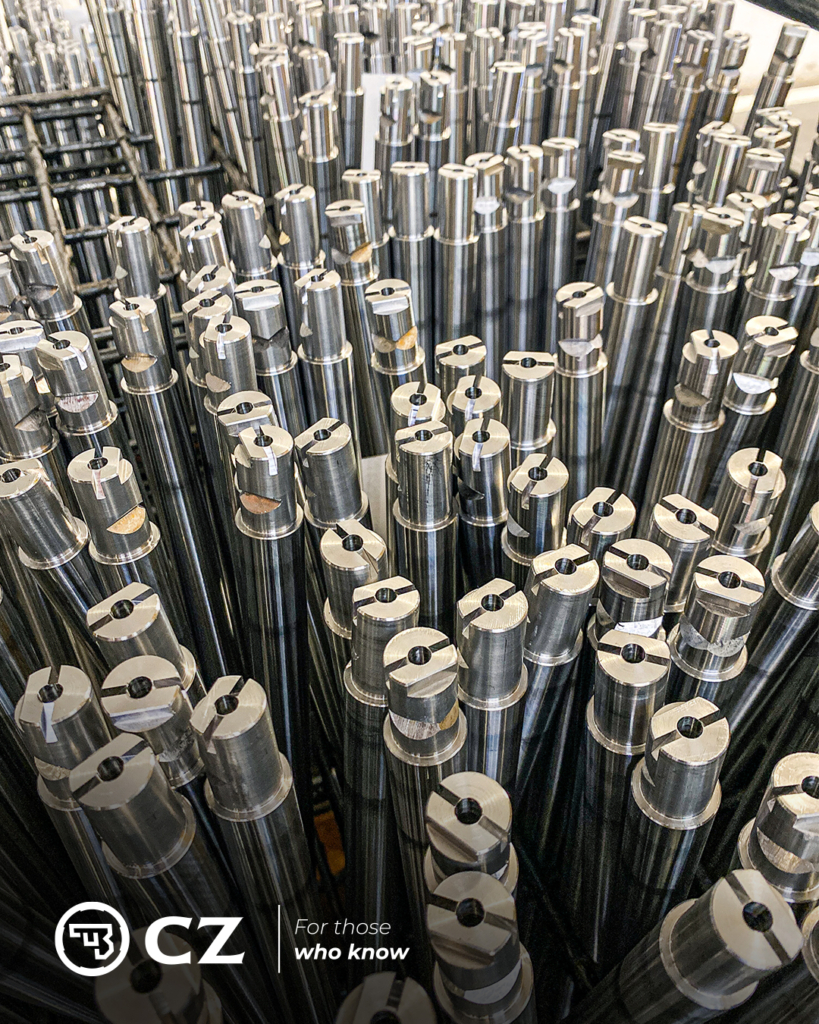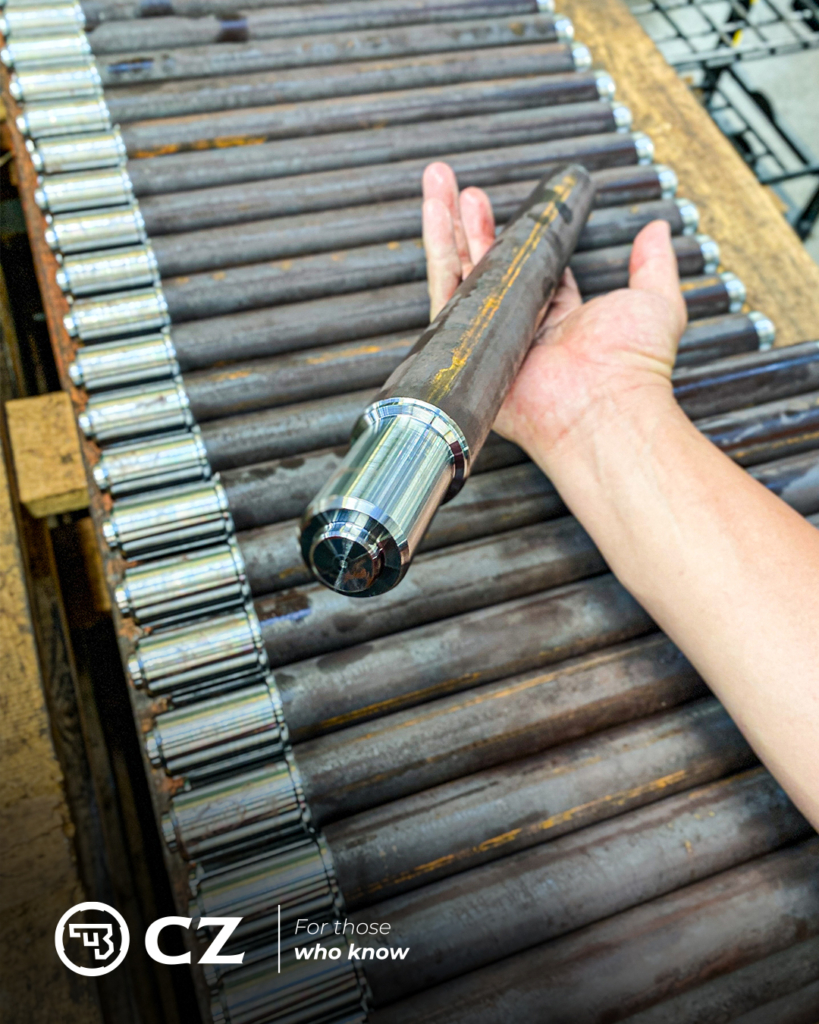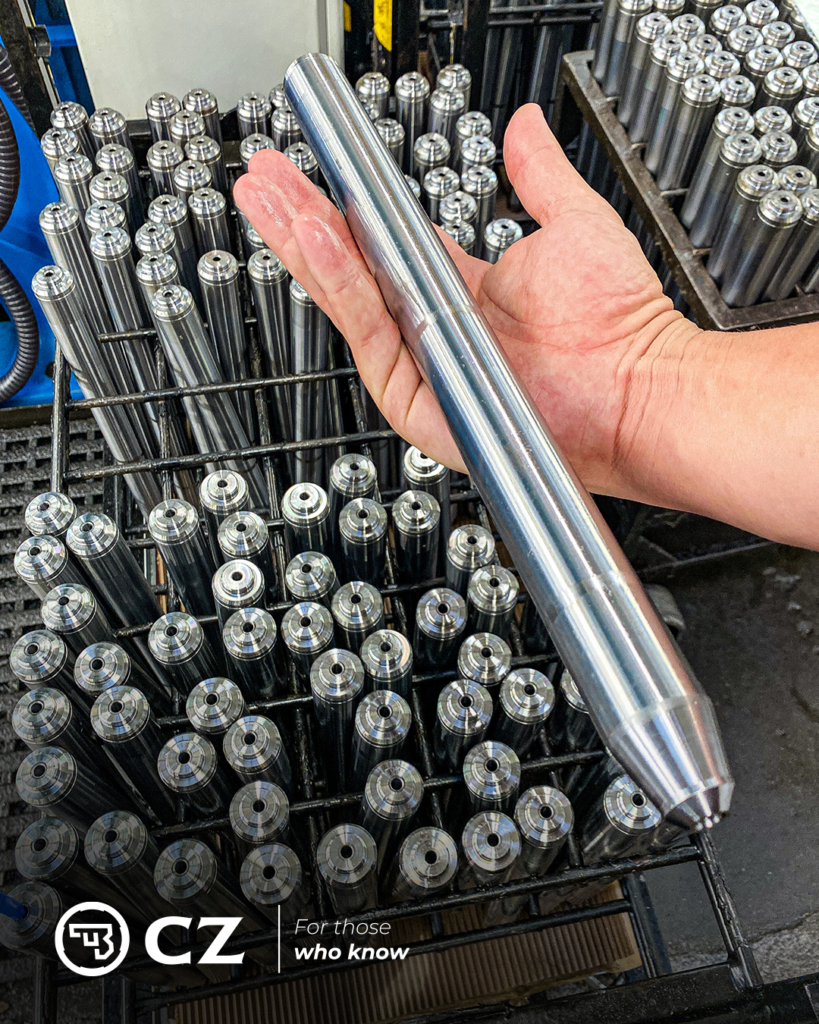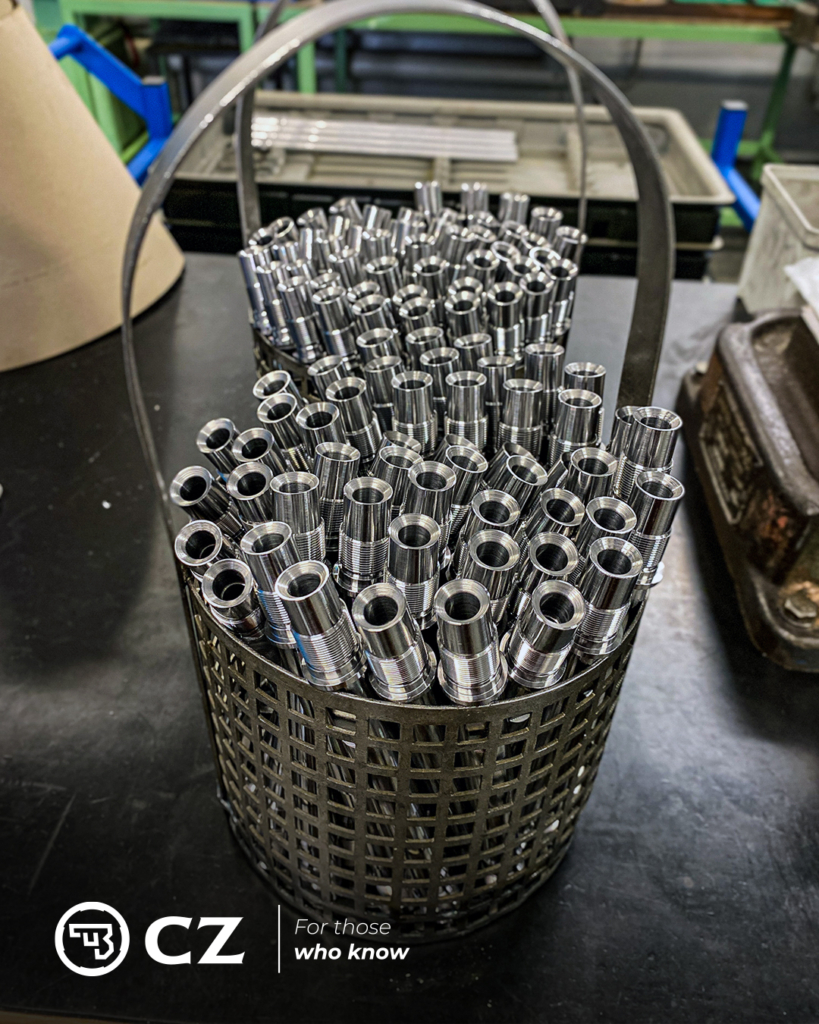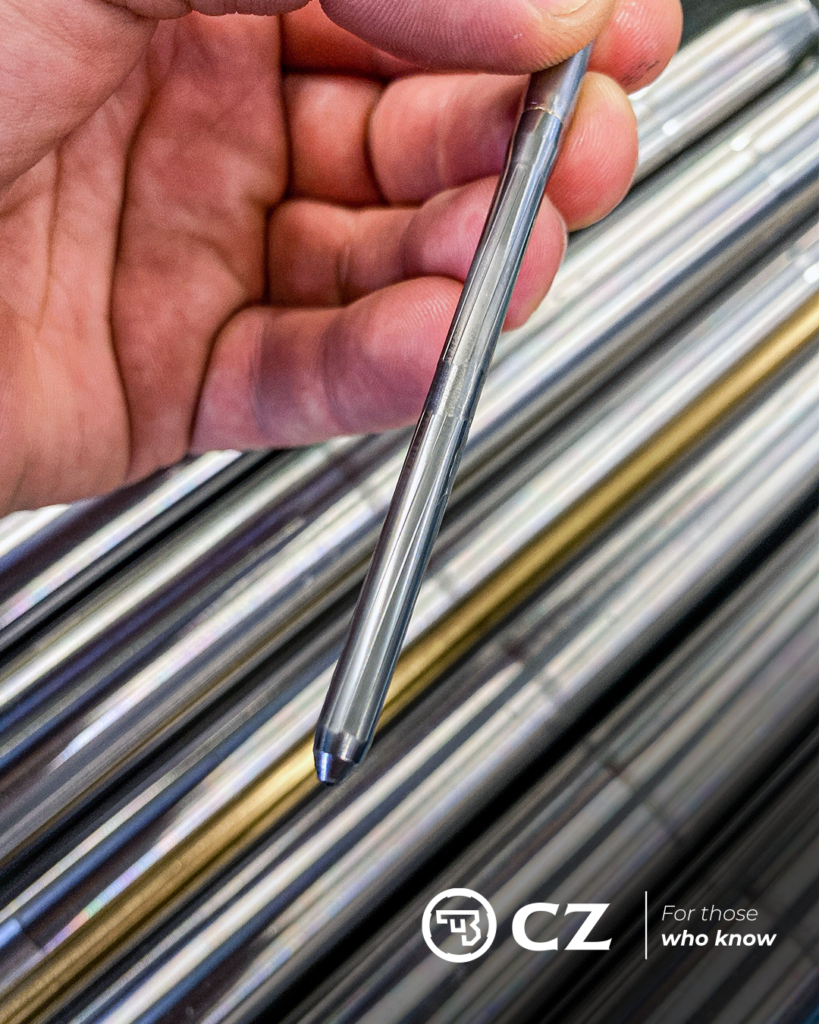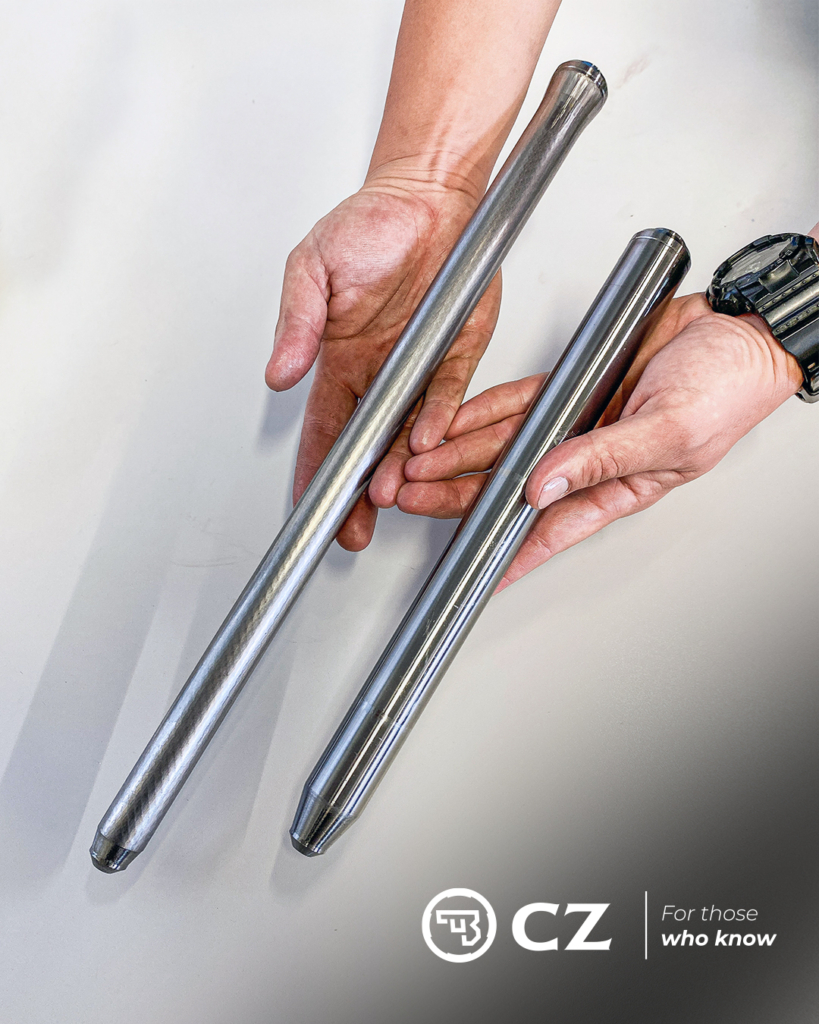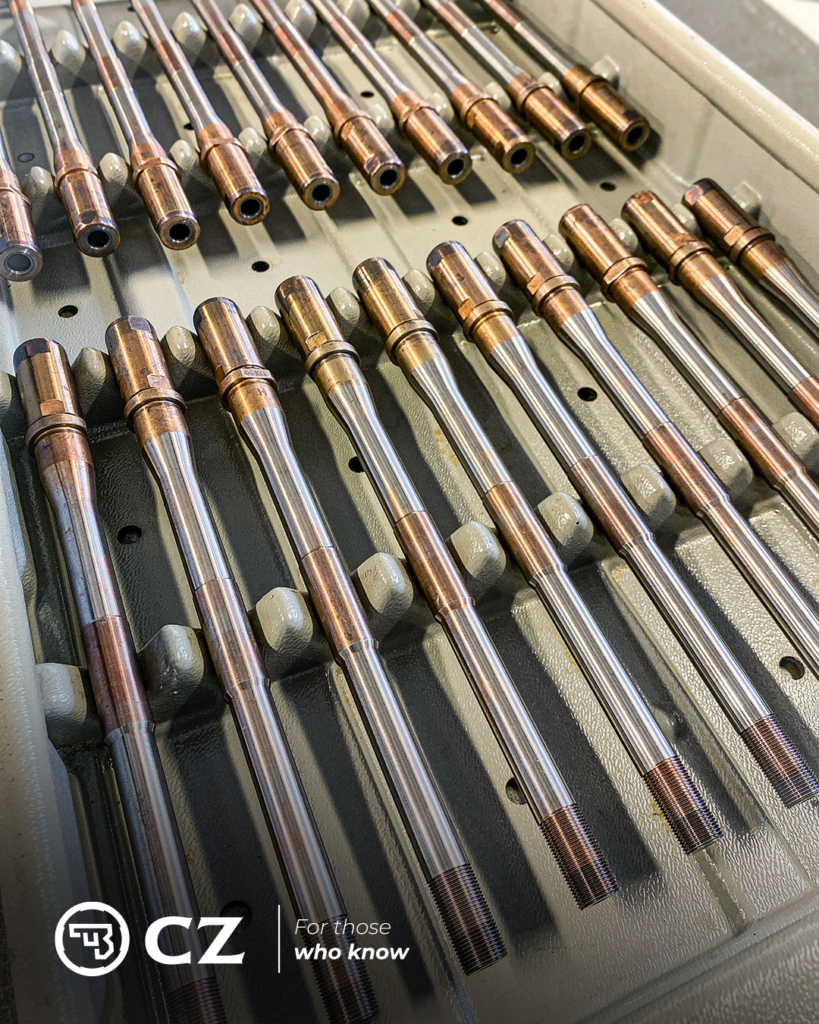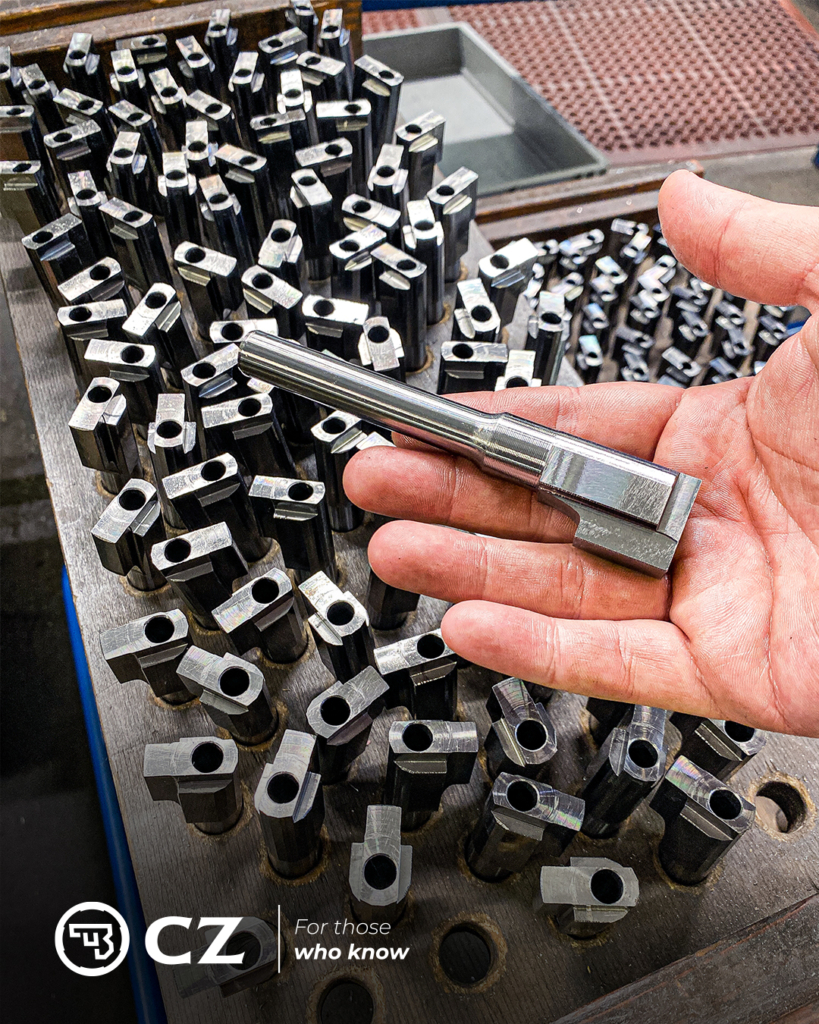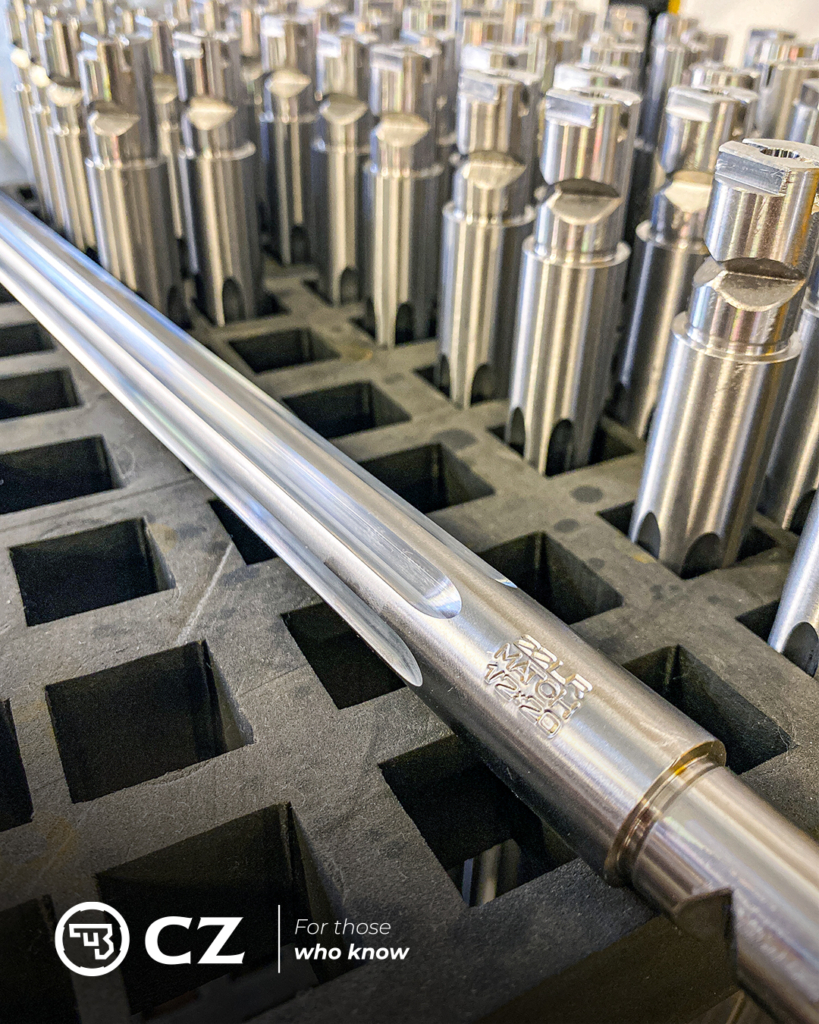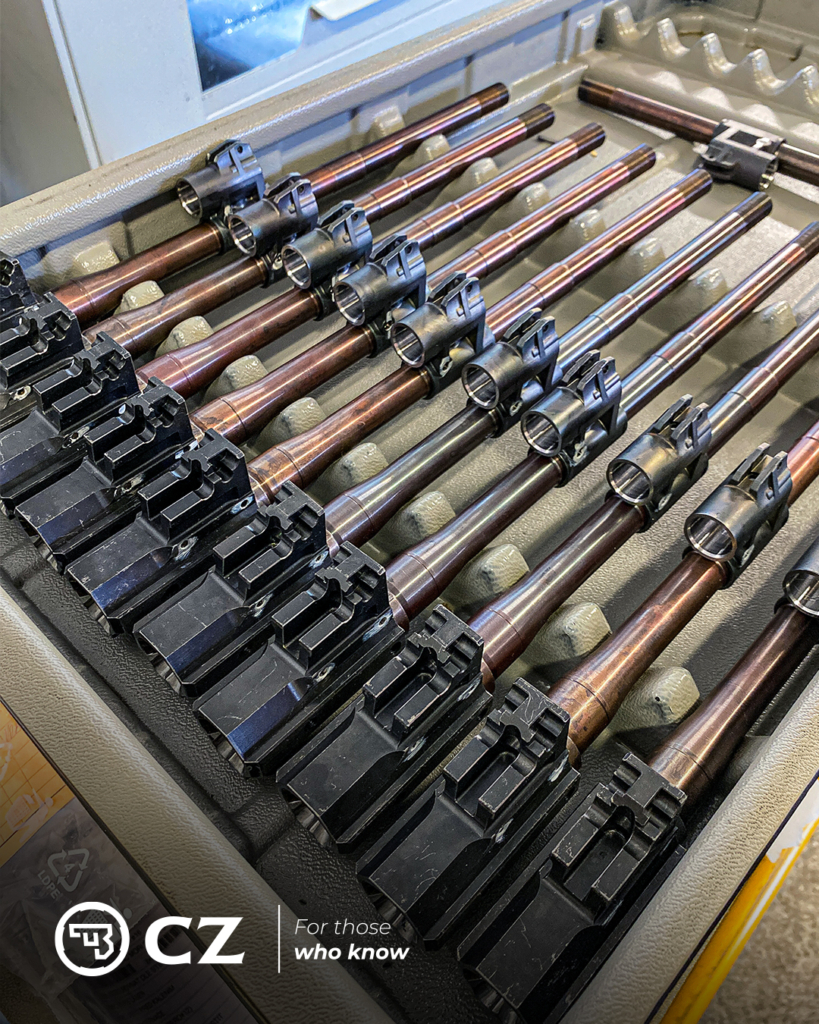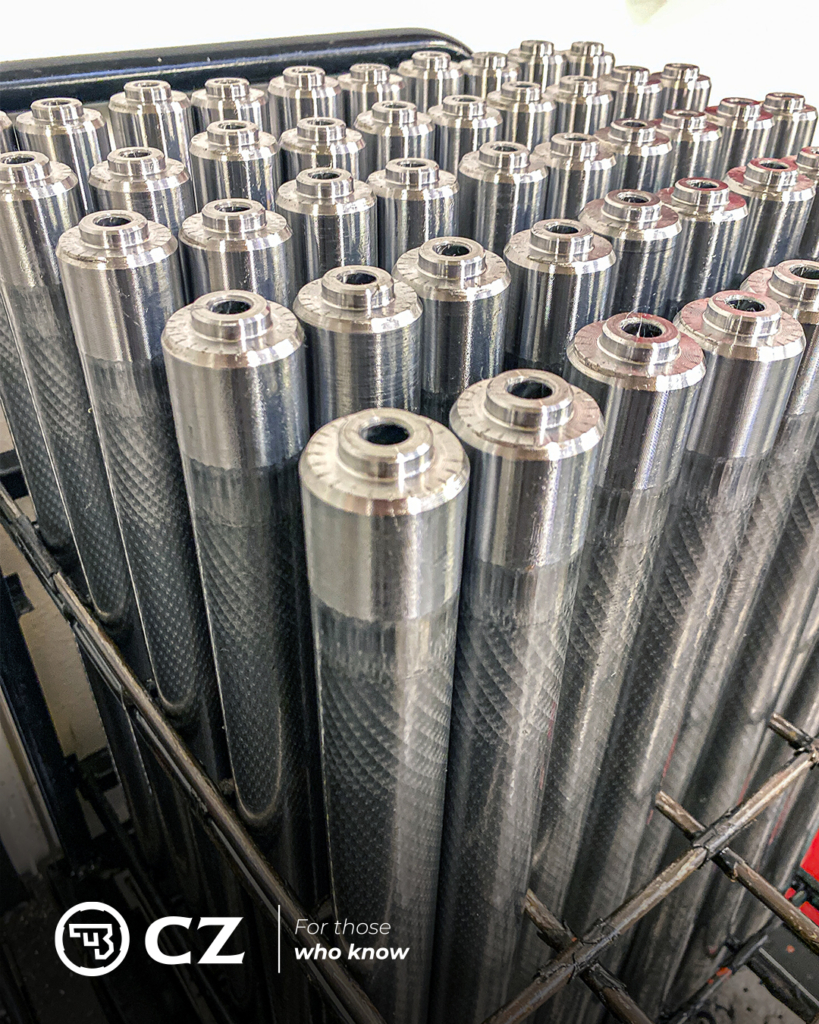Inside Cold Hammer Forged Barrels
Inside Cold Hammer Forged Barrels
High accuracy, impressive durability and a long service life. Just a few of the many well-known advantages of cold hammer forged barrels. If you’ve ever wondered what makes this type of barrel so special, and what it takes to manufacture them, you’re in the right place. Read on to learn more about the “cold hammer forging” process – how it’s carried out, the value it provides and if a cold hammer forged barrel is the right choice for your next firearm.
A brief history of gun barrel production
The production of gun barrels started centuries ago, when blacksmiths utilized traditional forging methods to first heat the metal and then form it around a mandrel with hammers. As you would expect, this technique produced inconsistent barrels with varying levels of quality and accuracy. And due to the physical labor involved in their production, a significant time investment was required.
As time marched on, barrel production techniques continuously improved, leading to barrels with more consistent quality and higher accuracy. New precision tools and machines were then introduced at the start of the 19th century, which led to even more positive steps in barrel production.
In 1939, the first hammer forging machine was invented in Germany, with commercial production starting in 1942. Another production method called “button rifling” was also introduced during this same period. But unlike button rifling, which shapes the barrel from the inside, hammer forging uses a series of hammers to shape the barrel from the outside.
Although the construction, operation and technology of modern cold hammer forging machines have come a long way since the introduction of this technique in the last century, the basic process remains the same.
A look inside cold hammer forging
Cold hammer forging is one of a few different methods for producing modern gun barrels and is widely considered to be the most advantageous. Let’s take a quick look at how it’s done.
The cold hammer forging process consists of a mandrel (hardened steel bar with mirror image of rifling profile) that’s inserted in the polished hole of a steel barrel blank. The blank is then physically pounded over and over across its entire length by an extremely precise machine with specially designed and angled carbide, or hardened steel, hammers. As a result of repeated pounding by the hammers, the chamber, bore and rifling of the barrel are formed by the mandrel with high dimensional accuracy and extremely tight tolerances. The hammers also serve to contour and elongate the barrel to its final shape and length.
Despite the process being described as “cold”, it is actually carried out at room temperature, although the metal does heat up during the hammering process.
After the forging process is complete, stress needs to be relieved from the barrel, which consists of heating it up to around 550 degrees and then cooling it down. Once this step is complete, the chamber is cut, the muzzle is threaded (if necessary) and a finish is applied on the surface of the barrel.
Highly efficient and sustainable
Companies that invest in cold hammer forging are initially faced with a high cost, as machines from leading manufacturers amount to over a million dollars each. But after this initial investment, the manufacturing process is extremely material, labor and time efficient.
The use of short, steel barrel blanks at the start of the production process helps reduce the use of raw materials, as these blanks are elongated to almost double their size. The need for additional machining at the end of the process is also reduced, since the shape, force and angle of the hammers form the barrel, as well as create the chamber, rifling and bore.
The impressive efficiency of cold hammer forging compared to other methods of barrel production, such as button cutting the barrel, lead to higher throughput on the production line.
Proven Advantages
Cold hammer forged barrels are well-known for their accuracy, which is due to the smooth bore surfaces and extremely precise rifling that the cold hammer forging process is able to produce, ensuring enhanced aerodynamic stability of the projectile.
Another advantage is the barrel’s extreme durability that comes from extensive pounding by the hammers, which realigns the steel’s molecular structure, or directional grain, and increases its tensile strength. The resulting barrel is therefore highly rigid and durable. Compared to barrels produced by other manufacturing methods, cold hammer forged barrels can better withstand heat and stress, and are more resistant to erosion.
A much higher number of rounds can be fired through these barrels without wearing them out, all the while maintaining high accuracy for the long-term. If you have a demanding shooting schedule, with many days on the range or in the field, a cold hammer forged barrel would be a wise choice.
And lastly, these barrels do not require a breaking in period. You can look forward to top performance from the very first shot!
An important consideration for your next firearm
The advantages of cold hammer forged barrels are too numerous and important to ignore. And if you consider that cold hammer forged barrels are found on many of the most accurate, reliable and durable firearms from the world’s top manufacturers, they should certainly be taken into account when deciding on your next firearm.


